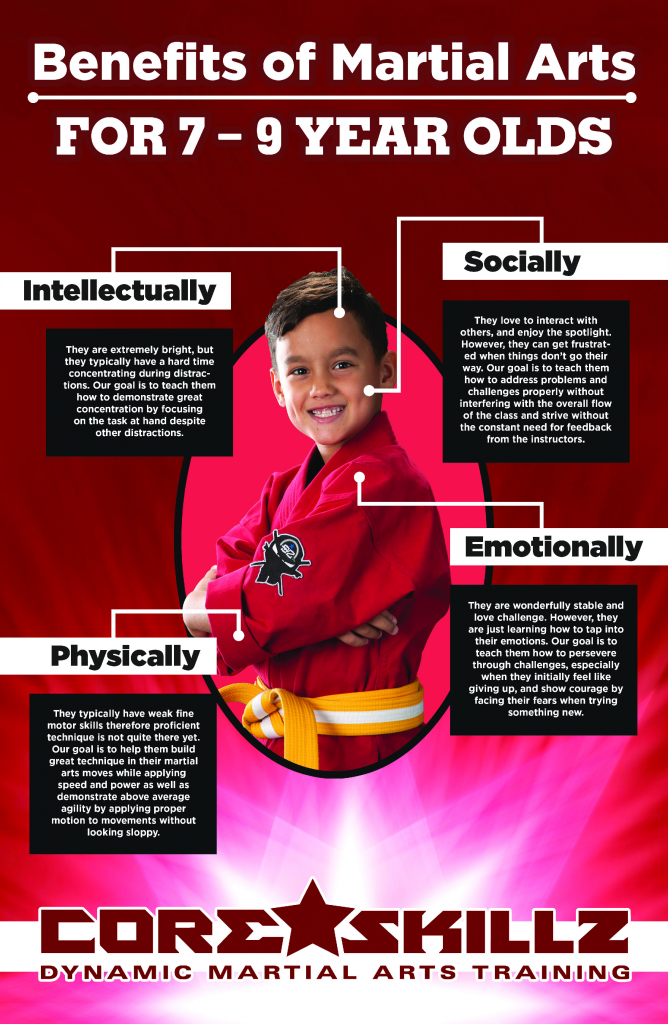Checking Out The Rich Heritage And Spiritual Dimensions Of Fighting Style: A Comprehensive Examination
Checking Out The Rich Heritage And Spiritual Dimensions Of Fighting Style: A Comprehensive Examination
Blog Article
Material Created By-Gentry Friedman
Step into the ancient globe where martial arts were born out of necessity in varied regions. Societies crafted special battling styles linked with historic contexts. Techniques advanced over centuries through devoted practice and social exchanges. Today, contemporary martial arts blend conventional components for maximum effectiveness. Philosophically, martial arts highlight technique, self-improvement, and harmony. Regard, humility, and balance are fundamental concepts leading experts towards growth and resilience. Check out the depths of this rich history and philosophy to uncover the profound influences forming this long-lasting self-control.
Origins of Martial Arts
Martial arts came from different regions around the world, developing as functional fight systems to resist hazards. https://bestcombinationofmartiala19753.blogsmine.com/26967589/find-out-more-regarding-the-empowering-and-resilient-experience-of-comprehensive-self-defense-courses-developed-for-people-with-handicaps combating designs were created out of necessity, with each society crafting techniques fit to their distinct atmospheres and difficulties. From the grappling arts of Jujutsu in Japan to the striking methods of Martial art in China, martial arts were deeply intertwined with the historic, social, and social textile of their respective societies.
In Japan, the samurai course polished martial arts like Kenjutsu, the art of the sword, which later advanced into the much more popularized type of Kendo. On the other hand, in Brazil, Capoeira became a blend of dancing and combat, developed by enslaved Africans as a means to withstand fascism. Each fighting style carries with it an abundant history and ideology, mirroring the worths and ideas of individuals who exercised them.
As adult karate classes delve into the beginnings of martial arts, you reveal a tapestry of human ingenuity, strength, and the unrelenting spirit of warriors throughout time.
Advancement of Techniques
With centuries of method and improvement, battle strategies within different martial arts have gone through an extensive advancement. From ancient designs like Martial art and Karate to a lot more modern disciplines such as Brazilian Jiu-Jitsu and Krav Maga, the development of strategies has actually been driven by a combination of social influences, practical applications, and technical innovations.
One significant facet of this advancement is the cross-pollination of strategies between different martial arts. As an example, strategies from standard Japanese Jiu-Jitsu were integrated right into the production of Judo by Jigoro Kano in the late 19th century. This blending of styles has actually brought about the development of crossbreed martial arts like Mixed Martial Arts (MMA), which combine aspects of striking, grappling, and entry methods.
Moreover, the development of methods has been shaped by the raising emphasis on efficiency and performance in combat. Experts have actually continually sought to fine-tune their techniques via strenuous training, testing, and competition, leading to the development of extremely specialized and efficient fighting designs. Generally, the development of strategies in martial arts mirrors the dynamic nature of fight and the continuous pursuit for renovation and innovation.
Thoughtful Structures
Discovering the underlying thoughtful principles of martial arts gives insight into their core values and directing ideas. At the heart of many martial arts self-controls is the principle of self-control itself. By educating your body and mind to function as one cohesive unit, you grow self-control that extends beyond the dojo or gym into day-to-day life. This technique incorporates respect, humbleness, and self-discipline, forming not simply your physical capabilities but likewise your personality.
Another fundamental thoughtful structure in martial arts is the concept of continuous self-improvement. The trip of understanding a fighting style is nonstop, with practitioners regularly striving to better themselves, both literally and psychologically. This concentrate on development cultivates durability, willpower, and a development attitude that can be related to all facets of life.
Moreover, martial arts emphasize the significance of consistency and equilibrium. Techniques are designed to utilize an opponent's power against them, highlighting the concept of generating and redirecting pressure rather than meeting it head-on. This approach includes social connections, promoting tranquil resolutions and good understanding. By accepting these thoughtful structures, martial musicians not only enhance their battle skills but likewise grow a way of life fixated individual growth, regard, and harmony.
Verdict
In conclusion, the background and ideology of martial arts provide an abundant tapestry of practice, technique, and self-improvement.
Consider example the tale of Bruce Lee, that reinvented martial arts by blending different designs and viewpoints to develop his own distinct type of Jeet Kune Do.
Via devotion and development, martial musicians continue to press boundaries and inspire others to reach their full possibility both in fight and in life.
